Sally Coburn grew up in the 1940s and ’50s, an era when kids played in the sun without concern for their skin. Sunscreen as we know it didn’t even exist then.
And that’s how Coburn and her friends played: carefree and sunblock-free.
Other than adding a few more freckles to her fair complexion, the sun hadn’t done her much harm.
So she thought.
This notion changed in June 2017, when a blemish on her thigh—a liver spot, she figured—began to change.
“It had been there for years, and then all of a sudden it started to change color,” said Coburn, 77. “And it changed shape a little bit.”
Aware of the signs and symptoms of skin cancer, she asked her doctor to take a look. It looked suspicious.
When a biopsy confirmed the spot to be a melanoma, the most dangerous type of skin cancer, she had it removed. A sentinel lymph node biopsy in her groin confirmed melanoma in the first lymph node, which classified her cancer as stage 3.
Stage 3 melanoma
It came time to see the specialists.
Coburn then had a PET scan and went to see Leon Oostendorp, MD, a Spectrum Health Medical Group surgical oncologist and director of the Spectrum Health Melanoma Multispecialty Clinic.
Though the PET scan emerged clear, Dr. Oostendorp advised Coburn to have the rest of the lymph nodes in that area removed as a precaution. He introduced her to G. Paul Wright, MD, who specializes in a new surgical approach to removing lymph nodes in the groin.
It all came as a bit of a shock for Coburn, a vibrant retired educator who has always been healthy and who remains active as special events director for the Transplant Life Foundation.
“I’ve never had anything physically wrong, so this whole process is new to me,” she said.
But when Dr. Wright explained the lymph node dissection procedure, she felt hopeful.
“Right from the beginning I had confidence in him just because of his manner,” she said. “I think that there’s a tendency for some doctors to kind of dismiss people as they get older, and he never once treated me like I was an aging person.”
New surgical approach
The traditional approach to removing lymph nodes in the groin is called an “open” surgery because it creates a large vertical incision that runs from the abdomen through the groin and down to the upper leg. This surgery notoriously comes with complications, Dr. Wright said.
“Because there’s a wound that travels through the groin crease, there’s a lot of problems with wound healing and infection,” he said. “That’s been reported in as much as 70 percent of the cases.”
Spectrum Health was one of the first centers nationwide to offer a new, minimally invasive approach to this surgery.
So far, Dr. Wright is the only Spectrum Health surgeon trained in this technique—and Coburn became his first patient to have the surgery when he joined the Spectrum Health surgical oncology team last year.
Rather than removing the lymph nodes through a large opening, the new approach uses laparoscopic instruments and small incisions—similar to those commonly used in abdominal surgeries.
First Dr. Wright worked to “free the lymph node packet from all of the surrounding structures,” including the leg’s main artery and vein. Then he enclosed the packet in a specialized plastic bag and pulled it out through a short incision in the thigh.
This method results in less pain and faster healing.
“Because the incisions are small and away from areas of skin tension and other problems, the wound healing problems are almost zero,” Dr. Wright said.
Coburn’s remaining lymph nodes were confirmed to be cancer-free. Since the surgery last August, she has focused on healing.
Though it’s called minimally invasive, the surgery had been “a little more invasive than I had anticipated,” she said. “You have a lot of nerve endings that are disturbed.”
Getting back to normal has taken time, but Coburn has a busy life, so she’s motivated.
To combat the swelling that can result from the absence of lymph nodes, she wears compression tights and drinks a lot of water. She also works with a physical therapist who integrates mindfulness techniques to divert Coburn’s attention from her recovering leg.
And she’s exercising—lifting weights and walking.
“One of my goals is to get back to walking 4 miles a day,” she said. She’s nearly made that goal, taking advantage of a paved trail near her lakefront home.
‘As active as you can’
A big reason Coburn can’t sit still is her involvement with the Transplant Games of America, sponsor of a multisport festival for people who have had organ, eye and tissue transplant surgeries. Her passion for organ donation originated with the 1995 death of her son, Jamie, a donor.
“After my son died, everything changed,” she said. She learned to live in the moment and embrace each day as a gift.
“And I think that this scare with cancer probably has just made me more aware of everyday living and living life to the fullest.”
Coburn had a follow-up MRI and PET scan in May and got the very news she was hoping for: No evidence of cancer. No treatments necessary.
The chance of recurrence remains the highest for the next two years, so Coburn will have a PET scan every six months.
“We’re just doing watchful waiting,” Dr. Wright said. He’s also watching as new treatments come online, should Coburn ever need them.
“We’re now in an era where there’s so many treatment options available,” he said. “As somebody who cares for lots of patients with melanoma, it’s an exciting time for me, because … the new developments are so impressive—and as time goes by, we’ll only have more things to offer.”
That idea suits Coburn just fine, but in the meantime she’s not devoting much mental energy to cancer.
“I think that if we develop a positive attitude, it really does affect our physical health,” she said. She also points to Dr. Wright’s compassion, caring and knowledge as “a big part of my recovery.”
For now, she’s focused on hosting the upcoming Transplant Games in Salt Lake City and modeling what seems to be her mantra: “You stay as active as you can for as long as you can.”

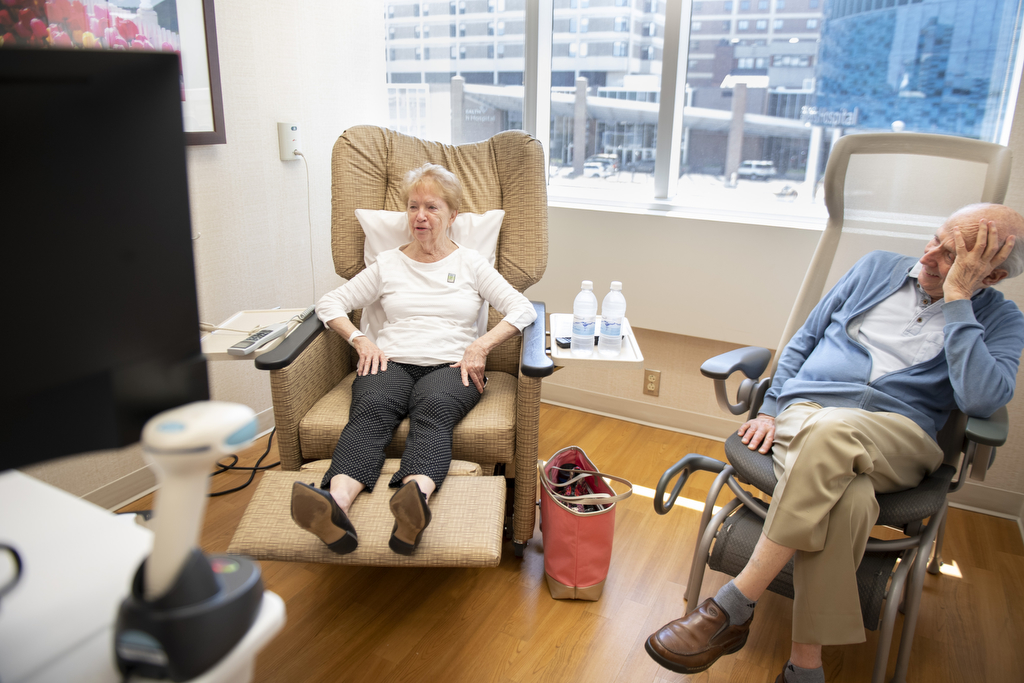
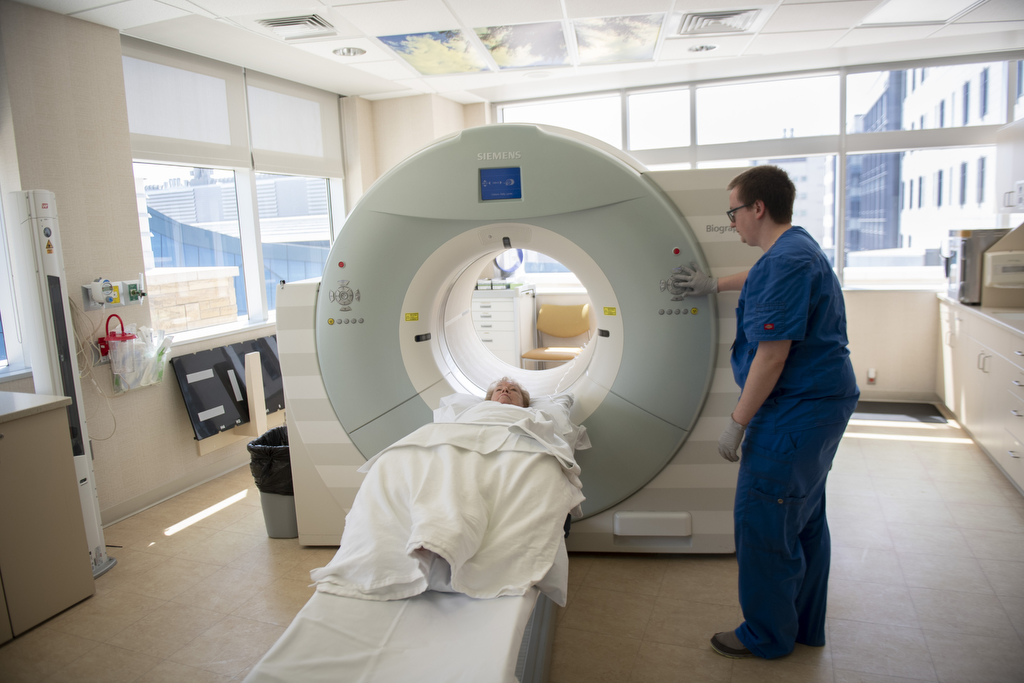
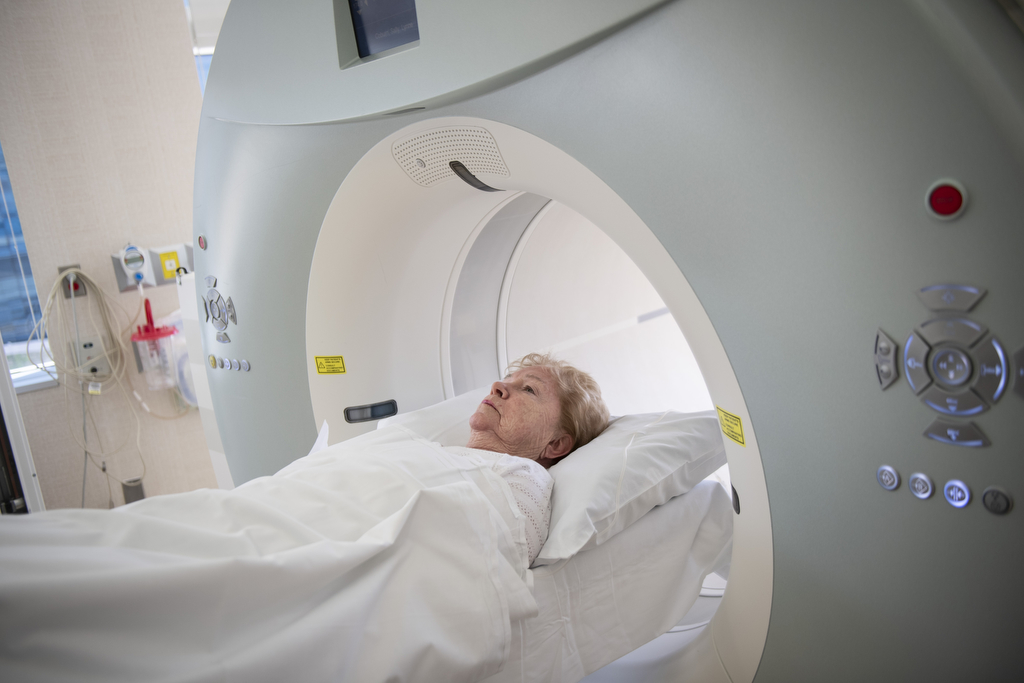
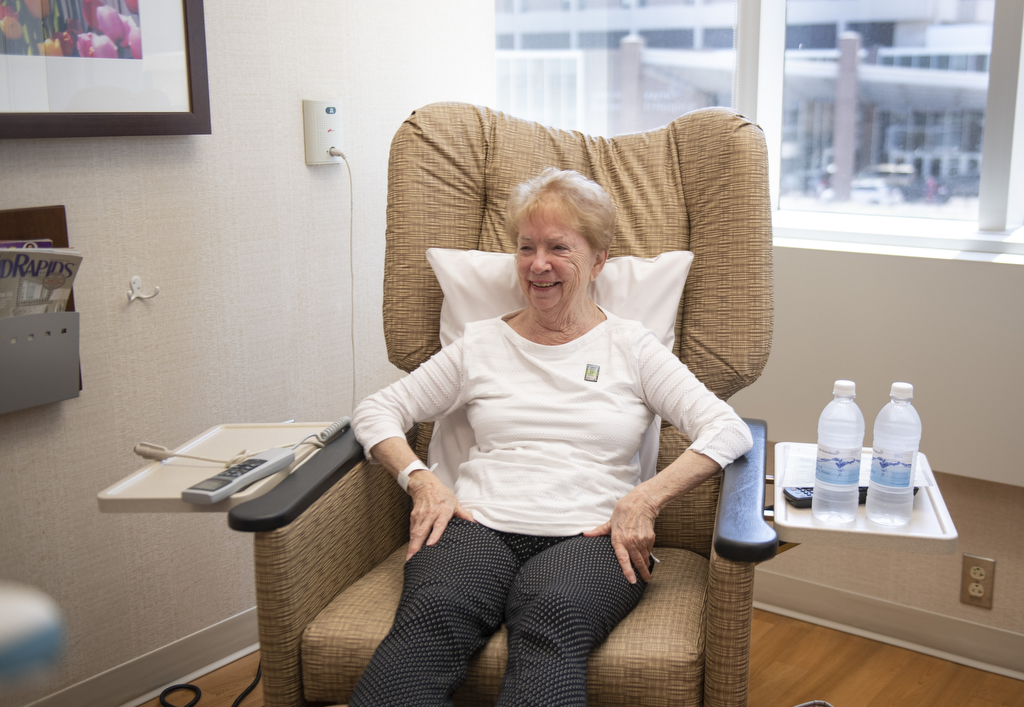
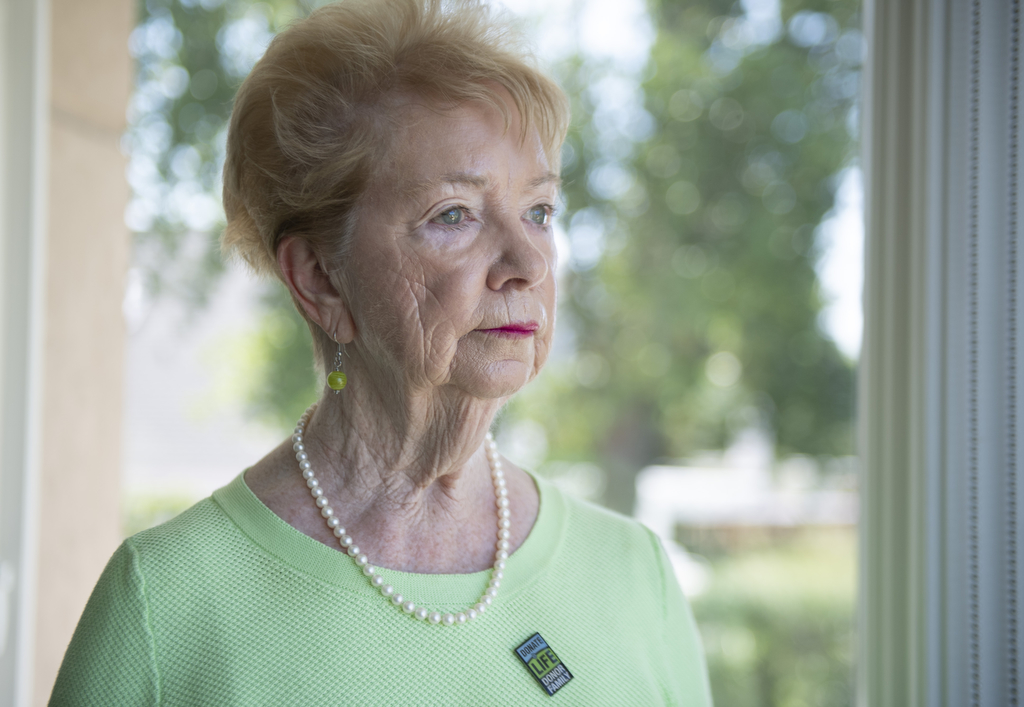
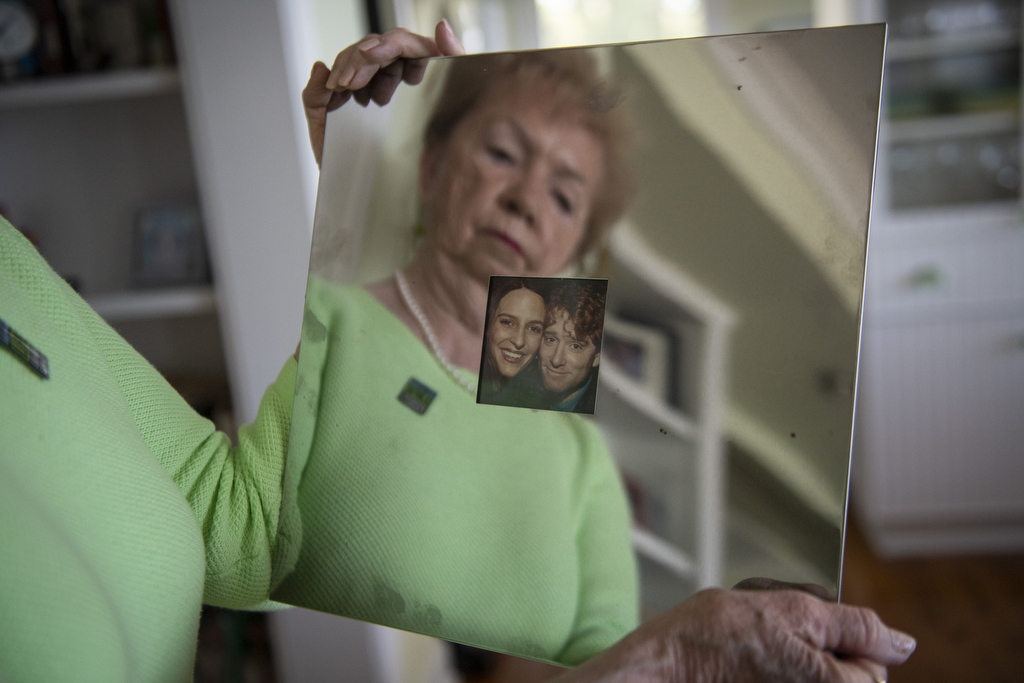
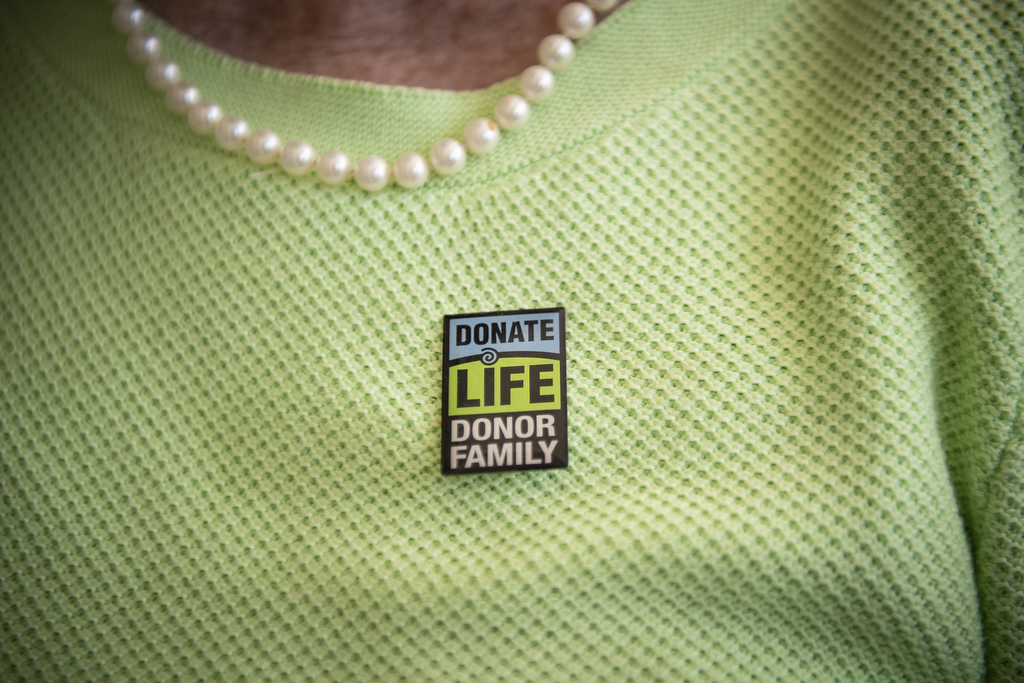



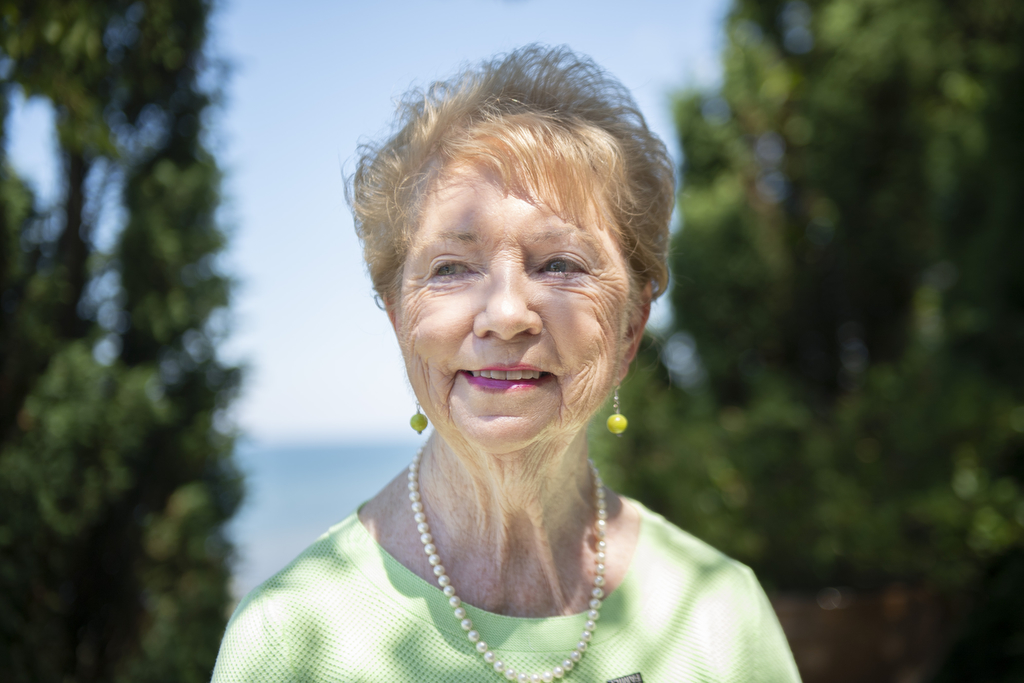

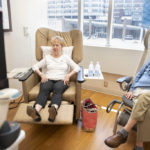
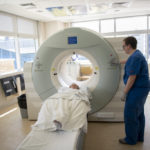
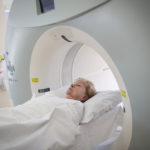
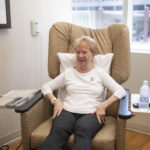

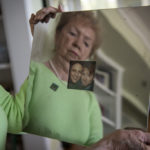





 /a>
/a>
 /a>
/a>
 /a>
/a>